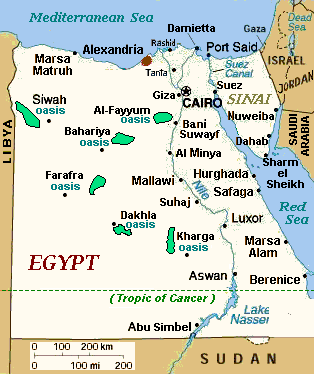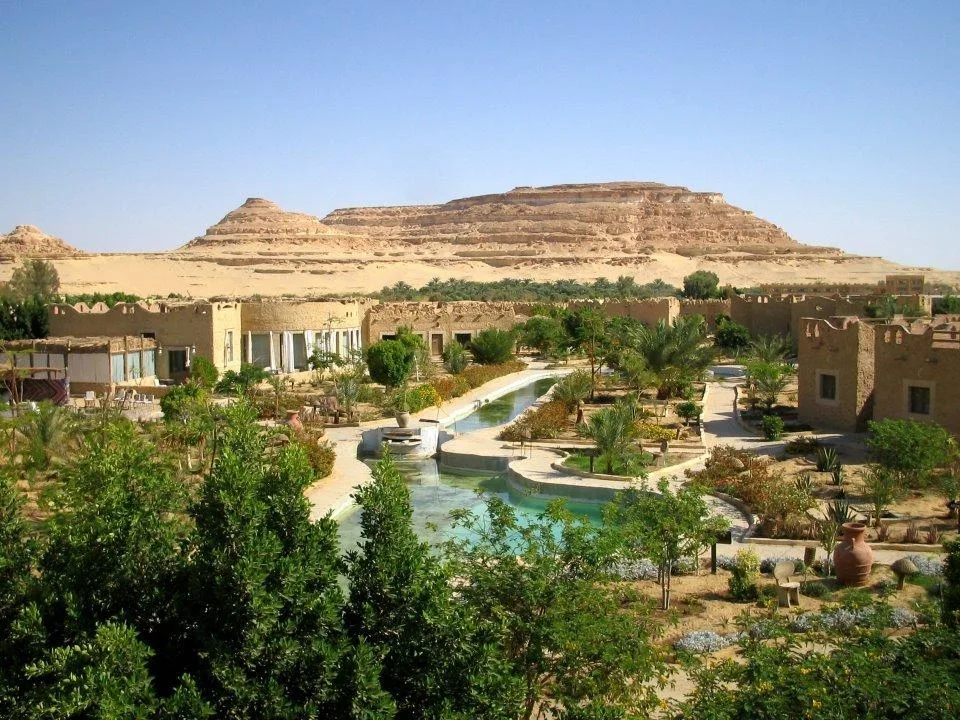
The lush and productive Western Desert oasis of Siwa, famous throughout the country for its dates and olives, is 305 km southwest of Marsa Matruh and 550 km west of Cairo, near the Libyan border. It lies 12m below sea level in a depression (ranging from nine to 28 km in width) which stretches for 80 km. It is undoubtedly one of the most picturesque and idyllic places in Egypt. Against the awesome backdrop of eroded hills and a sea of dunes, Siwa appears like the proverbial mirage – a wealth of green date palms shading mud-brick villages that are connected by streams and springs and irrigated gardens.
There are 425 km of paved highway between Bahariyya and Siwa, but there is no public transportation yet.
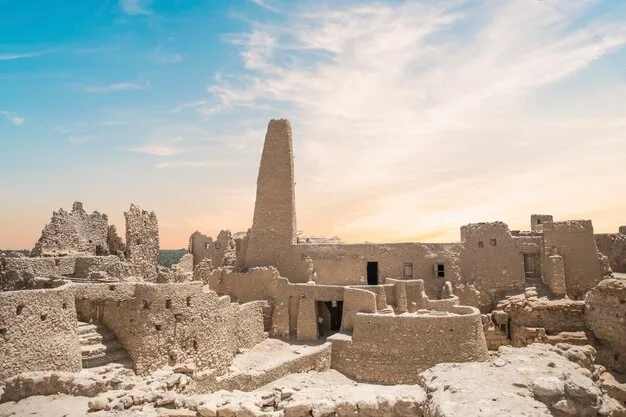
On the Hill of Aghurmi, four km east of the town of Siwa, are the ruins of the 26th dynasty Temple of Amun, built between 663 and 525 BC. The temple was dedicated to Amun, the ram-headed god, who was later associated with Egypt’s sun-god, Ra, and the king of the Greek gods, Zeus. Nearby was an oracle supposedly used by Alexander the Great, but there’s nothing much to see now. It used to be possible to climb up the old minaret here, but it is in such an advanced state of decay that you are no longer allowed to.
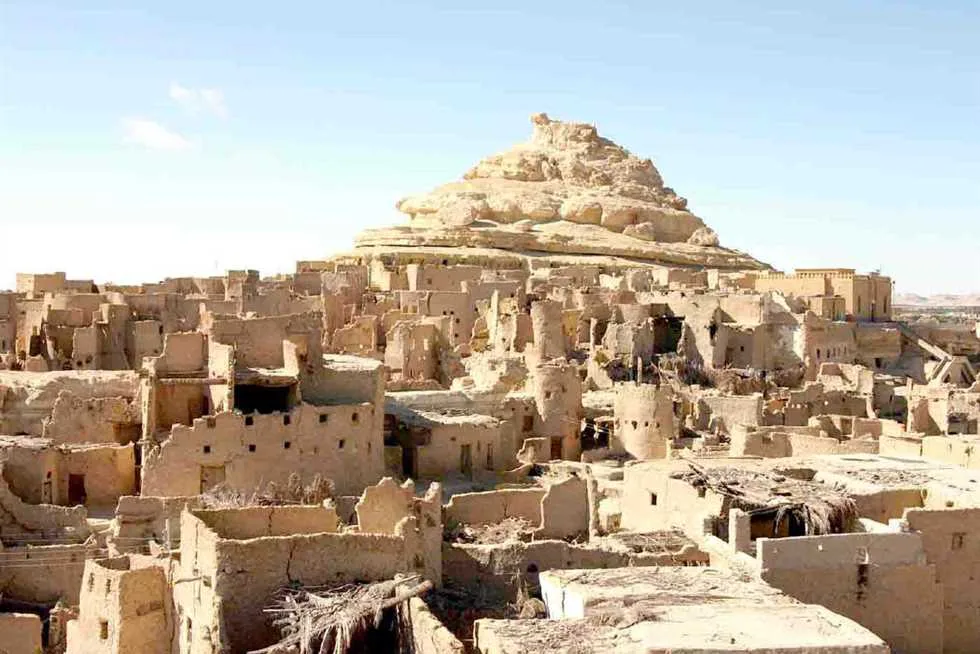
Gebel al-Mawta (Mount of the Dead) is an interesting site one km north of the town.
There are several tombs in the area, many of which have not yet been excavated and explored. Most of them date from Ptolemaic and Roman times, and there seem to be pieces of mummies and mummy cloth scattered all over the place. You can climb the hill to see a few of the tombs.
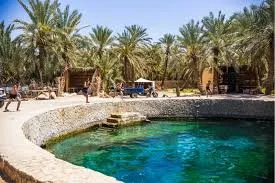
Cleopatra’s Bath, also known as the Spring of Juba, pours into a stone pool, which is a popular bathing hole for the locals and tourists.
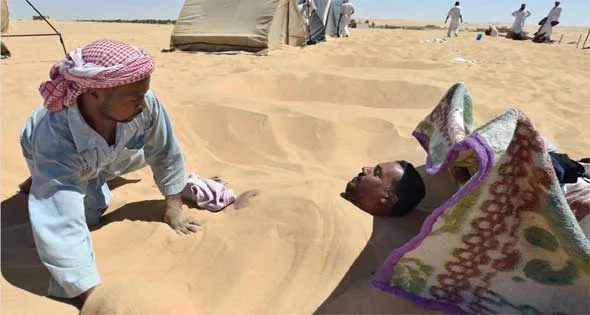
There are a couple of Ptolemaic tombs at Gebel Dakrur, about four 01 km from town, but they are not all that interesting. Dakrur is a popular place with rheumatism sufferers. From July to September, people flock here to be plopped into a bath of very hot sand for 20 minutes at a time and then extracted and given a hot tea. Three days of this, they say, and no more rheumatism.
